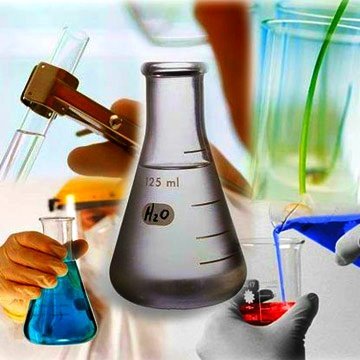Effect of Dietary Copper Sulfate, Aureo SP250, or Clinoptilolite on Ureolytic Bacteria Found in the Pig Large Intestine
1 min read
The predominant ureolytic bacteria in the pig large intestine were determined while growing pigs were fed a basal diet or basal diet plus copper sulfate, Aureo SP250, or clinoptilolite. Fecal samples were collected from four pigs fed each diet at 3, 9, and 14 weeks and analyzed for total colony counts and percent ureolytic bacteria. Fecal urease activity, ammonia nitrogen, and identity of the ureolytic bacteria were determined at 14 weeks. Copper sulfate and Aureo SP250 reduced the number of ureolytic organisms, with a marked decrease occurring in the Streptococcus spp., which made up 74% of the ureolytic isolates from the pigs on the basal diet.
Other ureolytic species detected at lower concentrations were Staphylococcus spp., Selenomonas ruminantium, Bacteroides multiacidus, and Eubacterium limosum. Copper sulfate also reduced fecal urease activity (P <0.10). Fecal ammonia concentrations were not different between pigs fed the various diets. These data suggest that the streptococci are the most numerous ureolytic species in the pig intestinal tract and are significantly reduced by copper sulfate and Aureo SP250; however, only copper sulfate reduced intestinal urease activity.






